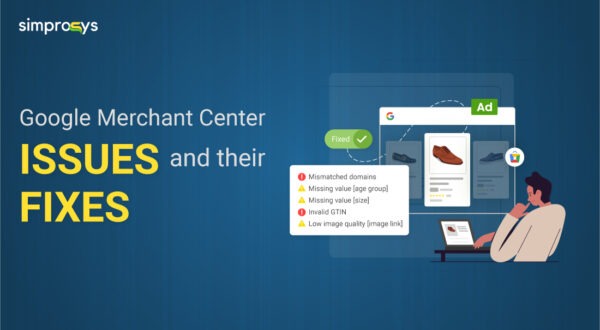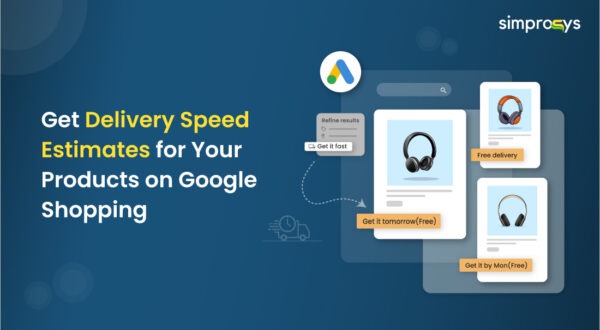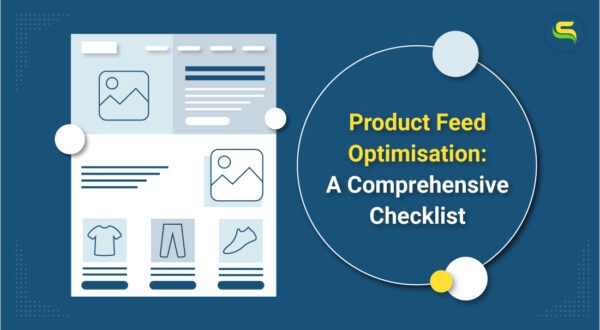Managing Global Product Feeds: Multi-Country, Multi-Language, and Multi-Currency Strategies

Your Shopify store is doing well in your primary market, and now you’re thinking about reaching customers globally.
How will you manage selling across multiple countries while serving customers who speak different languages, shop in different currencies, and expect a buying experience that feels local to them?
The solution is Shopify Markets, designed to simplify international selling. It takes the complexity out of managing multiple countries by letting you control currencies, languages, pricing, and taxes, all from your existing Shopify setup. No matter where your customers are shopping from, they’ll see the right currency, language, and price, while you run everything from a single store.
In short, it helps you sell like a local, even when you’re halfway across the world.
Why Global Expansion Was Difficult for Shopify Merchants
Before Shopify Markets, selling globally was difficult. Merchants had to either run multiple stores for each country, which doubled their workload, or stick to a single store that was not localised, which often cost them business.
The traditional approach meant merchants had to:
- Build a separate store for every country and deal with endless maintenance
- Frustrate shoppers with foreign currencies and unfamiliar payment methods
- Lose sales when unexpected duties and taxes show up at checkout
- Struggle with regulations across different tax systems
- Lack clear insights into how each market is performing
- Manually update multiple feeds whenever products or pricing change
This complexity made international feed management out of reach for most merchants, limiting growth opportunities and blocking international success.
Understanding Global Feeds in Shopify Markets
Your international presence acts as your brand’s global sales representative. For example, a German shopper seeing USD prices with English descriptions immediately questions whether you serve their market.
When you set up a German market with Euro pricing and German descriptions, the feed generates German Shopping results with the same localized details, ensuring ads match the store experience.
This perception difference directly impacts:
- Click-through rates on international ads
- Conversion rates from localised experiences
- Customer trust and brand credibility
How Simprosys Google Shopping Feed streamlines your Feed Strategy
Simprosys Google Shopping Feed integrates with Shopify Markets, automatically detecting your market configurations and generating market-specific feeds, while syncing currency and language details directly from your Shopify store.
1. Strategic Multi-Country Feed Management for International Targeting
Every market operates differently. Your US pricing strategy might position you as premium, while in emerging markets, you compete on value. EU products need specific safety information that might not be required elsewhere. A common and generic product feed can’t contain this region-specific information.
Shopify Markets allows you to manage multiple countries through a single store setup, with distinct markets having their own:
- Currency settings and pricing structures
- Language preferences and translations
- Domain configurations
- Shipping and tax rules
Smart Implementation
Create market setups that sync products from your catalog and adapt them for each region. For example, your US market can show USD pricing and American English, while your France market can display EUR pricing, French translations, and region-specific product details.
This allows you to run seasonal sales in specific countries, test different marketing messages, and work on what’s best in each region.
2. Expanding Reach with Multi-Currency Feeds
When shoppers see prices in their local currency, they understand the value without mental math. Think about it from the shoppers’ point of view.
If a shopper in Germany sees a product priced at $49.99, they immediately have to pause and convert: “Okay, how much is that in euros? And what about taxes or conversion fees?” That moment of confusion, even just for a few seconds, can be enough to derail a purchase.
On the other hand, when they see the same product listed as €42.50, the price feels familiar and easy to process. There’s no guesswork or calculation, and that sense of comfort makes the shopper more likely to move forward. It feels like the store was built for them, which makes it trustworthy.
Local currency creates immediate psychological comfort with measurable performance improvements:
- Click-Through Rates: Ads with local currency outperform foreign currencies as customers process pricing faster
- Conversion Rates: Seamless pricing consistency from ad to store eliminates confusion
- Trust Building: Local currency signals market-specific service, building immediate credibility
Competitive Currency Automation
Using static conversion isn’t enough. Exchange rates fluctuate, and your prices need to keep up to maintain profitability. Automated currency management keeps feeds competitive while competitors struggle with outdated static conversions. Real-time stable updates ensure accuracy as exchange rates fluctuate, maintaining intended profit margins across markets.
3. Managing Multi-Language Product Feeds on Shopify
Effective multi-language markets require understanding cultural context and local search behavior.
For example, Americans search for “flashlight,” but British people search for “torch,” and what Americans call “cookies” are called “biscuits” in the UK.
Researching local search trends with tools like Google Keyword Planner helps you understand what really matters to shoppers in each region. While U.S. customers might search for “cookies,” shoppers in the UK are more likely to look for “biscuits.” So, if you’re selling the same sweet treats, you’d want to update your product titles and descriptions to match the local language.
Native-Language Feeds vs Translated Attributes

Your Shopify Markets should reflect native-language optimization, with feeds automatically pulling these terms into regional campaigns for better search matching and customer relevance.
4. Feed Setup for Google Shopping Ads in Multiple Regions
Setting up multiple Google Shopping feeds for international campaigns gives you stronger targeting control and clearer performance insights for each market.
It also allows you to fine-tune region-specific strategies by adjusting product availability, pricing, language, and shipping settings to match customer expectations in every market.
Dedicated regional feeds enable:
- Targeted Bidding: Adjust bids based on regional competition
- Market-Specific Promotions: Run different seasonal sales by region
- Budget Optimization: Allocate spend based on regional performance
- Clear Attribution: Track each market’s contribution separately
The Technical Reality
As your global presence expands, manually handling advertising data across multiple markets gets increasingly difficult. Each market has its own set of currencies, languages, and local compliance standards that must be constantly monitored.
Managing multiple feeds manually becomes too hard when you have many products and various markets. You need automated feed management tools to handle different currencies, languages, and local rules across countries.
The Automation Advantage with Simprosys
Simprosys Google Shopping Feed bridge the gap between your Shopify Markets setup and advertising platforms, ensuring consistent feeds without manual work.
Watch our Shopify Markets Feature Explained video for a deep dive into using the Shopping feed app to manage multi-currency and multi-language feeds.
Instead of worrying about the technical setup, you can focus on strategy, because the goal isn’t just creating multiple markets, but making sure they work together to support your entire customer acquisition strategy.
Your Roadmap to Global Shopify Success
You may start with your highest-potential markets, establish proven processes, and then expand systematically based on performance data. Merchants who master this approach early will have substantial advantages as global e-commerce continues to grow rapidly.
The combination of Shopify’s international expansion with Simprosys’s automated feed management capabilities allows you to focus on strategic decisions rather than technical complexity.
Quick wins you can implement today
Before diving into full international expansion, audit your current setup:

Start with one market, nail the process, then scale systematically.
An effective feed, combined with multi-currency, multi-language, and multi-country strategies, creates the foundation for sustainable international growth. Success comes from aligning Shopify Markets configuration with strategic feed management.
Ready to scale internationally? Explore how the Simprosys Google Shopping Feed app can transform your Shopify Markets into a powerful global advertising engine.
Frequently Asked Questions
Can I manage multiple countries with different currencies?
Yes. Shopify Markets allows you to manage multiple countries by setting up country-specific markets with the correct currency, language, and shipping configurations for each region.
Can I run Shopping campaigns in multiple countries?
Yes. You can run Shopping campaigns in multiple countries by using country-specific feeds and setting up the correct currency, language, and shipping for each region.
How does currency affect performance?
Local currency pricing typically improves both click-through rates and conversion rates because customers immediately understand value without mental conversion calculations. It builds trust and reduces purchase hesitation, leading to better overall campaign performance.
What are the benefits of using Simprosys for international feed management?
Simprosys provides automated currency updates, feed submissions, guided support, and streamlined management of multiple advertising channels from a single interface. This reduces manual work while ensuring optimal performance across all international markets.






Leave a Reply